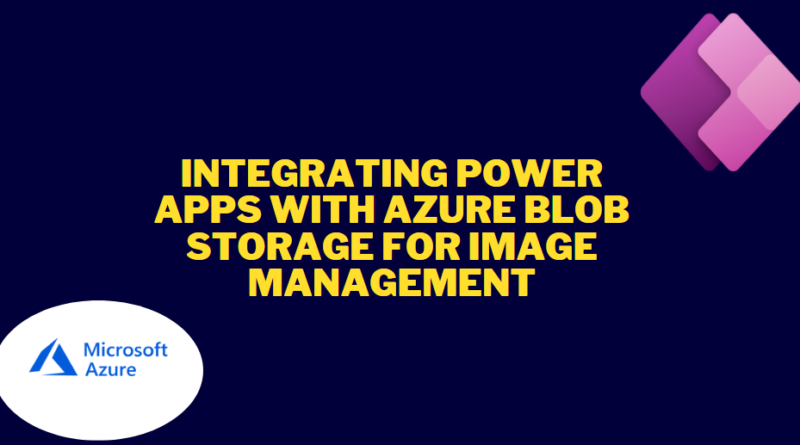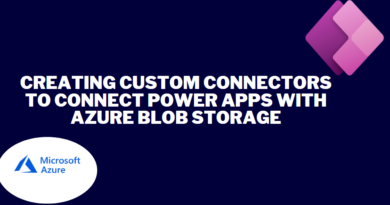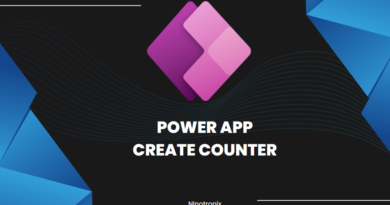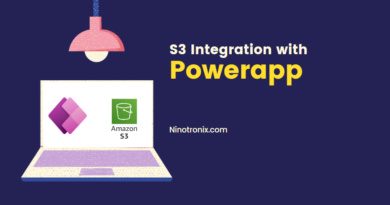Integrating Power Apps with Azure Blob Storage for image management
Integrating Power Apps with Azure Blob Storage for image management provides a convenient way to store, retrieve, and manipulate images within your Power Apps applications. Here’s a step-by-step guide on how to implement this integration for image management:
Step 1: Set up Azure Blob Storage Before proceeding, ensure that you have set up Azure Blob Storage following the steps mentioned earlier in this document. Create a storage account and container within Azure Blob Storage to store the images.
Step 2: Create a new Power App or open an existing one Open Power Apps in the browser or the Power Apps studio on your desktop. You can choose to create a new app from scratch or open an existing app where you want to add the image management functionality.
Step 3: Add the Azure Blob Storage connector In the Power Apps studio, navigate to the “Data” tab and click on the “Add data source” button. From the list of available connectors, select the “Azure Blob Storage” connector. This will add the connector to your app, allowing you to interact with Azure Blob Storage.
Step 4: Configure the Azure Blob Storage connector After adding the Azure Blob Storage connector, configure it with the connection string obtained from your Azure Blob Storage account. Enter the storage account name, access key, and container name you created in Azure Blob Storage. Save the configuration.
Step 5: Design the app interface Design the interface of your Power App to include elements for image management. For example, you can add an image gallery to display the stored images, along with buttons for uploading, viewing, and deleting images.
Step 6: Implement image upload functionality To enable image upload, associate the upload button with an action. In Power Apps, you can use the “Patch” function to upload images to Azure Blob Storage. Configure the upload button to trigger the Patch function and specify the target container, file name, and image content. You can access the image content using the “AddPicture” function or any other appropriate method. Upon clicking the upload button, the image will be uploaded to Azure Blob Storage.
Step 7: Implement image retrieval functionality To retrieve and display images from Azure Blob Storage, use an image gallery control. Configure the gallery to retrieve the image URLs or file names from Azure Blob Storage. Use the “AddMedia” function or any other suitable method to display the images in the gallery. This will fetch the images from Azure Blob Storage and show them in the Power App.
Step 8: Implement image deletion functionality To enable image deletion, associate the delete button within the image gallery with an action. Configure the delete button to trigger a function that deletes the corresponding image from Azure Blob Storage using the “DeleteBlob” function from the Azure Blob Storage connector. This will remove the image from the storage container.
Step 9: Implement image preview functionality To enable image preview, associate a preview button or a click event within the image gallery with an action. Configure the action to display the selected image in a separate screen or pop-up using the “Navigate” function or any other appropriate method. This will allow users to view the image in a larger size or in more detail.
Step 10: Test the functionality Thoroughly test the image management functionality in your Power App. Upload images, verify that they are stored correctly in Azure Blob Storage, retrieve and display images in the gallery, delete images, and preview them as desired. Test various scenarios, such as uploading different image formats and sizes, to ensure the functionality works as expected.
Step 11: Publish and share the Power App Once you are satisfied with the image management functionality, publish and share the Power App with your intended audience. Choose the appropriate environment for deployment, such as the Power Apps portal or a mobile device.




